
 Products Center
Products Center
 Stone Crusher
Stone Crusher
 Grinding Mill
Grinding Mill
 Optional Equipment
Optional Equipment
 Mobile Crusher
Mobile Crusher
 Knowledge Hall
Knowledge Hall
 Crushers FAQ
Crushers FAQ
 Grinding Mills FAQ
Grinding Mills FAQ
 Mining Equipments
Mining Equipments
 Solution
Solution
 Stone Crushing
Stone Crushing
 Sand Making
Sand Making
 Ore Processing
Ore Processing
 Grinding Plant
Grinding Plant
 Construction Building Material
Construction Building Material
metallic luster minerals

Minerals with Metallic Luster - About Geology
Minerals with metallic luster are easy to learn to identify.

GeoMan's Mineral Identification: Metallic
updated 10/06. GeoMan's Mineral Identification Minerals: Metallic Luster Generally with a colored streak, opaque. Click here for sub-metallic minerals

Luster - Minerals.net Glossary of Terms
Luster glossary term at minerals.net educational reference guide
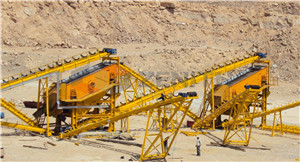
Lustre (mineralogy) - Wikipedia, the free …
Lustre (or luster) is the way light interacts with the surface of a crystal, rock, or mineral. The word traces its origins back to the latin lux, meaning "light", and ...

How to Identify Minerals - Step 2: Luster
Luster is the way a mineral reflects light and the first key step in mineral identification. Look for luster on a fresh surface. The three major types of luster are ...

Difference between Metallic Minerals and Non - …
Metallic mineral re those minerals which can be melted to obtain new products whereas Non-metallic minerals are those which do not yield new products on melting.

Metallic Mineral descriptions - Arkansas
In the bauxite refining process, the aluminum-bearing minerals in bauxite are converted in a multiple-step process to alumina (Al2O3). Alumina can be smelted to form ...

What are examples of metallic and non metallic …
Probably the most famous metallic mineral is Pyrite, or Fool's Gold. Hematite, which is often used in jewelry, and Graphite, which is often used in pencil lead, are ...

Mineral Gallery: LUSTER - Amethyst Galleries
Luster is a description of the way light interacts with the surface of a crystal. This is how you would tell someone how a mineral looks. It has nothing to do with ...
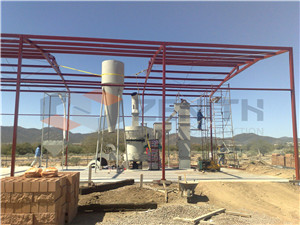
RHODOCHROSITE ( Manganese Carbonate ) - …
Rhodochrosite (whose name means rose-colored) is a very attractive mineral with an absolutely one-of-a-kind, beautiful color. Although it can be an ore of manganese ...

RHODOCHROSITE ( Manganese Carbonate ) - …
Rhodochrosite (whose name means rose-colored) is a very attractive mineral with an absolutely one-of-a-kind, beautiful color. Although it can be an ore of manganese ...

Brooklyn College - Core 3.32 - Geology
Properties of minerals. Physical properties of minerals - Classifying minerals can range from simple to very difficult.

Properties of Minerals - Rocks And Minerals 4 U
Properties of Minerals The following physical properties of minerals can be easily used to identify a mineral: Color; Streak; Hardness; Cleavage or Fracture

Mineral ID_Key - Rockhounds
Introduction This Mineral Key is designed and intended for use on-line. It is intended also to be used in conjunction with one or more other field guides to minerals ...

Metallic | Define Metallic at Dictionary
adjective 1. of, pertaining to, or consisting of metal. 2. of the nature of or suggesting metal, as in luster, resonance, or hardness: metallic green; a harsh ...

luster - definition of luster by The Free Dictionary
The moon had lost all of its luster, and was like a white cloud in the sky.
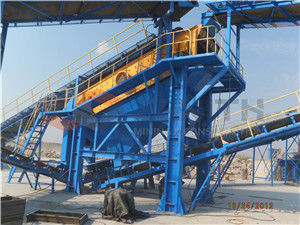
[Regents Prep Earth Science] Rocks & Minerals: …
Minerals are also known as “rock ingredients”. In order to properly identify a mineral one needs to be aware of the characteristics a mineral may ...

MINERALS - University of Wisconsin–Green Bay
Minerals. Steven Dutch, Natural and Applied Sciences, University of Wisconsin - Green Bay First-time Visitors: Please visit Site Map and Disclaimer.
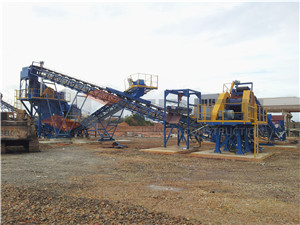
Minerals and Vitamins, Types of Minerals, Liquid …
Get detailed information on minerals and vitamins, mineral types, mineral characteristics, why we need minerals.

Mineral Properties and Identification - Oswego …
What are minerals? Minerals are naturally occuring, inorganic, uniform materials that have definite chemical and physical properties. Identifying Minerals

RHODOCHROSITE ( Manganese Carbonate ) - …
Rhodochrosite (whose name means rose-colored) is a very attractive mineral with an absolutely one-of-a-kind, beautiful color. Although it can be an ore of manganese ...

Brooklyn College - Core 3.32 - Geology
Properties of minerals. Physical properties of minerals - Classifying minerals can range from simple to very difficult.

Properties of Minerals - Rocks And Minerals 4 U
Properties of Minerals The following physical properties of minerals can be easily used to identify a mineral: Color; Streak; Hardness; Cleavage or Fracture

Mineral ID_Key - Rockhounds
Introduction This Mineral Key is designed and intended for use on-line. It is intended also to be used in conjunction with one or more other field guides to minerals ...

Metallic | Define Metallic at Dictionary
adjective 1. of, pertaining to, or consisting of metal. 2. of the nature of or suggesting metal, as in luster, resonance, or hardness: metallic green; a harsh ...

luster - definition of luster by The Free Dictionary
The moon had lost all of its luster, and was like a white cloud in the sky.

[Regents Prep Earth Science] Rocks & Minerals: …
Minerals are also known as “rock ingredients”. In order to properly identify a mineral one needs to be aware of the characteristics a mineral may ...
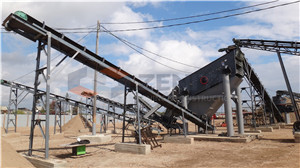
MINERALS - University of Wisconsin–Green Bay
Minerals. Steven Dutch, Natural and Applied Sciences, University of Wisconsin - Green Bay First-time Visitors: Please visit Site Map and Disclaimer.

Minerals and Vitamins, Types of Minerals, Liquid …
Get detailed information on minerals and vitamins, mineral types, mineral characteristics, why we need minerals.

Mineral Properties and Identification - Oswego …
What are minerals? Minerals are naturally occuring, inorganic, uniform materials that have definite chemical and physical properties. Identifying Minerals
- Last Product: mining coal company in indonesia
- Next Product: drop raising mining in south africa